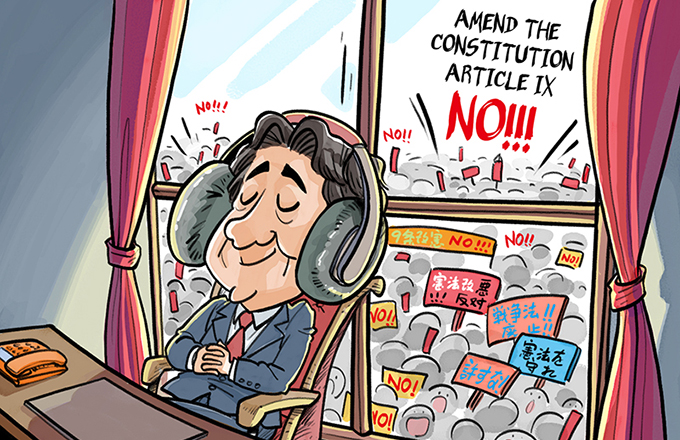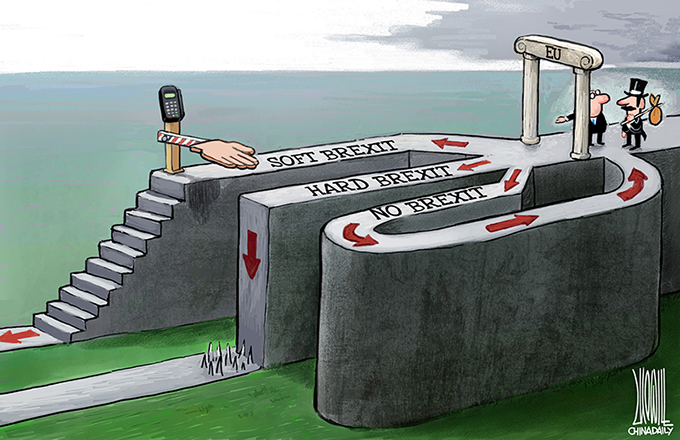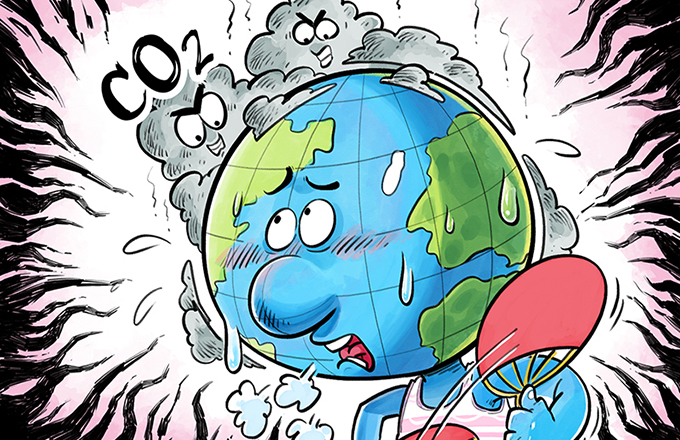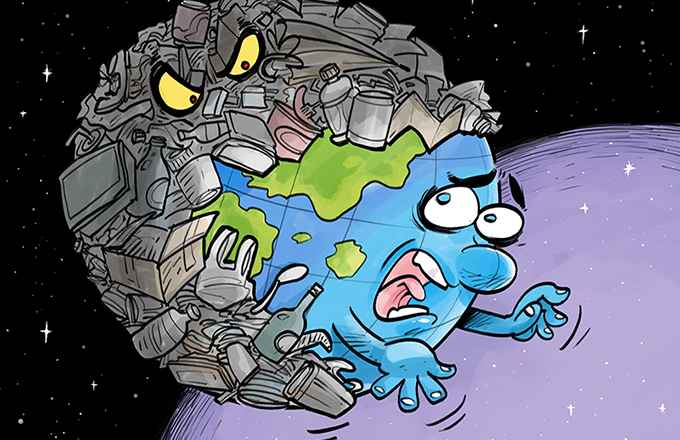US should use cooperation over trade friction
Given that Beijing and Washington have agreed that steel overcapacity is a global problem which requires a global solution, China's efforts to cut steel overcapacity, a requirement of its domestic supply-side reform that could also reduce trade frictions, should be appreciated by the United States and the European Union.
In April, US President Donald Trump signed an executive memorandum asking the Department of Commerce to launch an investigation to determine whether foreign imports of steel compromise US national security. And in August, senior executives from 25 US steel and steel-related companies wrote a letter to Trump, saying the industry is suffering the consequences of government inaction as the Commerce Department probe languishes and imports surge back to previous levels, and asked him to set a limit on iron and steel imports, and impose more tariffs on such imports.
The US is the world's largest importer of iron and steel products. On the other hand, thanks to the rapid development of its iron and steel industry over the past decades, China has become the largest producer and exporter of iron and steel products. But that doesn't mean Chinese exports are the root cause of the US iron and steel industry's problems.
US import and export statistics show that the country imported iron and steel products mainly from countries such as Canada, Brazil, the Republic of Korea, Mexico, Russia, Japan and Germany. China doesn't even figure on the list of top 10 iron and steel exporters to the US. Besides, China's iron and steel exports to the US have been dropping through the past decade because of stricter US anti-dumping and anti-subsidy measures.
Last year, China exported only 1.18 million metric tons of steel to the US worth $1.7 billion, down 51.5 percent and 40.1 percent year-on-year. And according to China Customs' data, the iron and steel products China exported to the US accounted for only 1.4 percent of its total exports from January to July this year.
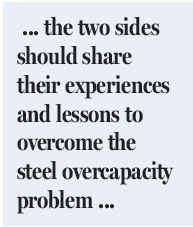
So, it's neither fair nor objective to blame China for the global steel overcapacity. Eighty-six percent of China's iron and steel production is to meet domestic demand, and it does not only discourage steel exports but also has adopted a series of measures to control such exports, including imposing tariffs on some types of steel products. China has shown its determination to resolve the steel overcapacity issue and made remarkable achievements.
From 2011 to 2015, China cut more than 90 million tons of outdated steel capacity, and plans to reduce it by 100-150 million tons from 2016 to 2020. Hence, US restrictions on steel imports may cause more worries for its allies such as Canada, the EU and the ROK.
The EU, however, has said that if Trump builds a trade barrier against steel imports, it would file an official complaint with the World Trade Organization. Calculating the gains and losses if Trump were to stick to his protectionist course, associations such as the American Automotive Policy Council and National Foreign Trade Council said that higher tariff on steel imports would cause domestic steel prices to rise, which in turn would increase the pressure on enterprises, automakers for example, which use steel as raw material. In fact, Trump's move will further erode the core competitiveness of the US' manufacturing industry, while giving its trade partners enough reason to pay back at the opportune moment.
In summary, since China and the US have more common interests than conflicts, cooperation is the best way to resolve any issue. Therefore, the two sides should share their experiences and lessons to overcome the steel overcapacity problem and work together to create more favorable conditions for the steel industry to prosper in the future.
The author is an assistant research fellow at the Chinese Academy of International Trade and Economic Cooperation.




